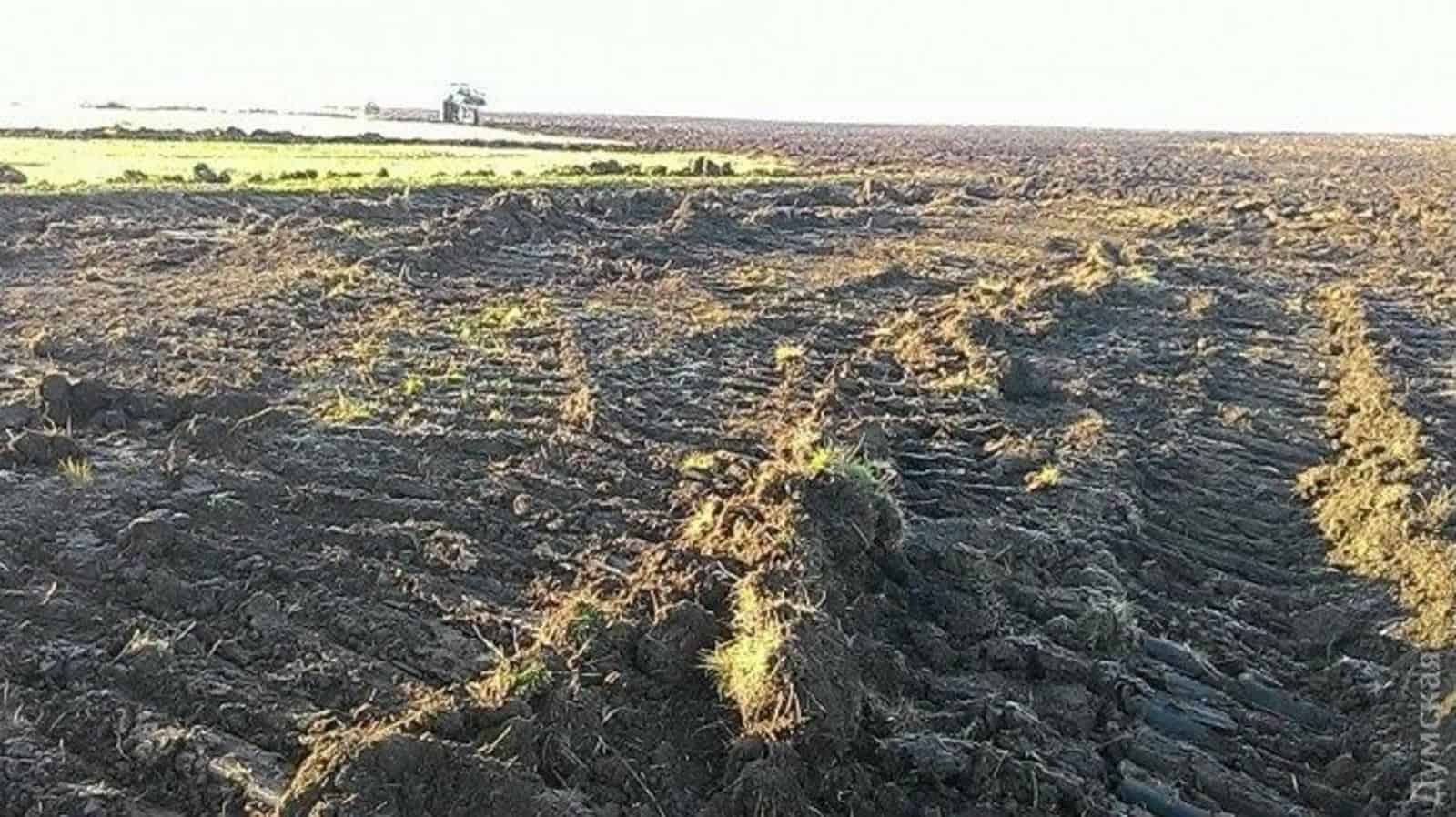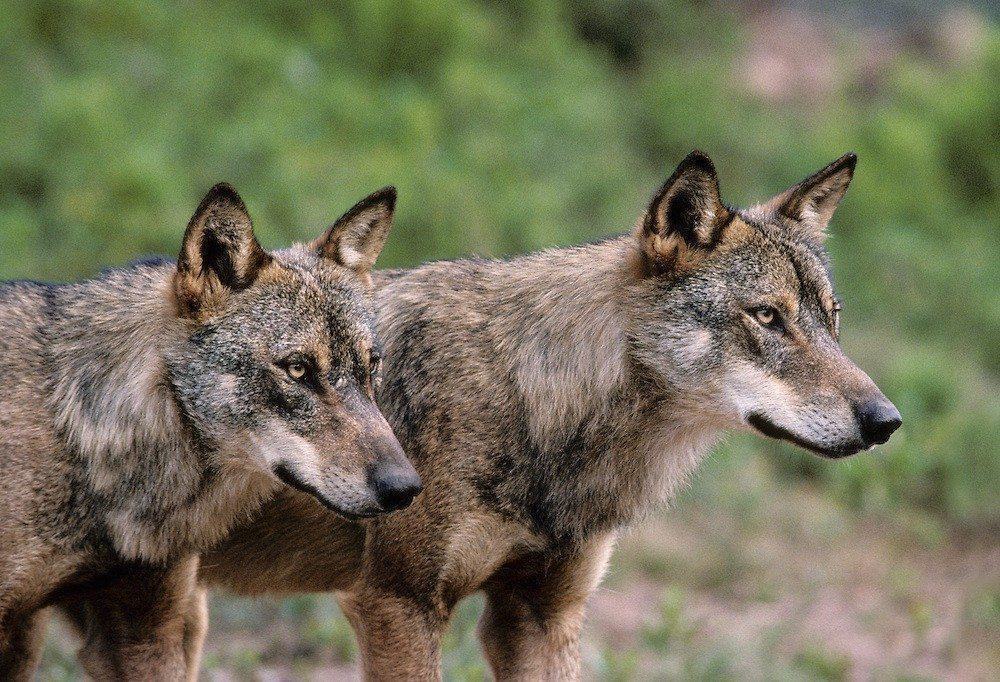Climate change adaptation in the Carpathians
Today is International Mountain Day, making it a great reason to highlight one of the largest mountain ranges in Europe: the Carpathian Mountains. In amongst other challenges, the Carpathian Mountains faces a threat from the global phenomenon of climate change. A recent publication coordinated by the UN Environment Programme highlights the threats climate change pose to the Carpathian region and how the effects of such can be mitigated. Above all, the need to enhance cross-border cooperation in adapting to climate change was a key outcome of this paper.
The Realities of Climate Change
Current projections show that the Carpathian region will begin to experience increasingly irregular rainfall and a generally warmer climate. Scientists from Eurac Research expect a rise in temperature of around 3.0-4.5 ̊C by the end of the current century. Consequently, these changes will have a profound impact on both the human and natural elements of the Carpathian region.
Primaeval forests and grasslands which make the Carpathians so unique, will be negatively impacted by climate change. In turn, biodiverse rich areas, which support large carnivores like bears, lynx and wolves, will be affected. Climate change will also impact ecosystem services in the region. Unless the region adopts mitigation and adaptation measures, climate change will have a major impact on the environment, economy and human well-being in the Carpathian Mountains.
Impact on livelihoods and the ecosystem
Climate change has already started affecting the integrity of the environment in the Carpathians. A warming climate, especially in winter, has already impacted the tourism industry. Periods of snowfall have shortened and the snow line is now at a higher elevation. This has not only reduced revenue for organisations that are reliant on winter tourism, but also changed the seasonal scenery expected by tourists during the winter months.
For agriculture, climate change has meant the growing season will be able to start earlier. However, this is not necessarily good news. An earlier snowmelt results in reduced discharge and drinking water supplies in the summer, leading to an increased risk of drought. An increased risk of wildfires and agricultural pests would follow. This threat of pests, compounded by diseases affecting trees, could devastate the forestry industry. The relevant authorities and foresters need to appropriately manage this threat, so as to not cause extensive disruption to the ecosystem and sector.
Related to forestry is the issue of biodiversity. Climate change will lead to an increased fragmentation of habitats and open the door to invasive species. This will reduce the ability of ecosystems to respond to the changing climate, ultimately resulting in a loss of species. As a result, reduced biodiversity will lead to negative impacts on ecosystem services such as carbon sequestration, pest control and pollination.
In order to avoid such impacts, a management approach that has an outlook oriented towards the future challenges posed by climate change needs to be taken. If not, economic and livelihood losses will be compounded by a loss of species and reduced ecosystem functioning. This would end up creating a vicious circle of socio-ecological degradation.
Harmonisation of science and policy
One underlying conclusion of this report was the need for a science-based informed decision making regarding the future management of the Carpathian region. Improved data collection and information availability about local mountain specific impacts will play key roles in targeting climate change adaptation measures in sensitive areas like the Carpathians. An effective implementation of adaptation measures requires a concerted effort from all parties with a direct interest in the Carpathians.
This cooperation also requires political harmonisation as well. In Ukraine and Serbia, the two non-EU signatories to the Carpathian Convention suffer from lower levels of funding. Contrarily, the EU signatories to the convention have together made greater strides in adaptation, owing to better structured policy frameworks and consistent action through the EU. However, this also needs to include Ukraine and Serbia to in order to maximise the effectiveness of adaptation measures.
One key area that would benefit from standardisation is monitoring. By standardising indicators and monitoring systems, it allows for the easy comparison of data from across the whole region. In turn, this helps facilitate more efficient adaptation planning. A particular prevalent example that the report proposes is that of the harmonising forest monitoring systems. Trans-national regional monitoring of invasive pests should take place, to provide information for adaptive forest management. This will only succeed with uniform methods and cross-border cooperation.
Involving all
Integrating rigorous science into decision making is only one part of the puzzle. If there is no support from stakeholders then it could make these efforts to pursue adaptation measures futile. Therefore, increasing awareness regarding climate change adaption amongst stakeholders is crucial. This will allow them to acquaint themselves with the challenges ahead and the potential methods to tackle them. Subsequently, this will help ensure the active participation of all stakeholders in decision making, allowing for adaptation at multiple levels.
The European Wilderness Society is playing a key role in these efforts, through the Interreg Centralparks project. Centralparks aims to enhance the management of protected areas in the Carpathians, which is key to maintaining biodiversity here. The scope is the project is very wide, covering all sorts areas from biodiversity assessments to stakeholder assessments and awareness campaigns. In addition, Centralparks brings together stakeholders from local, national and regional levels. This transnational and multi-level cooperation across numerous areas allows the project to contribute to the adaptation targets suggested by the UN report.
The Carpathian Mountains faces a grave threat from climate change, to both its cultural, natural and economic value. However, if the right decisions are made right now to strengthen the area’s resilience, the region can adapt to climate change and mitigate the worst of its effects. Without adapting to climate change, the region will suffer and its uniqueness will diminish.









